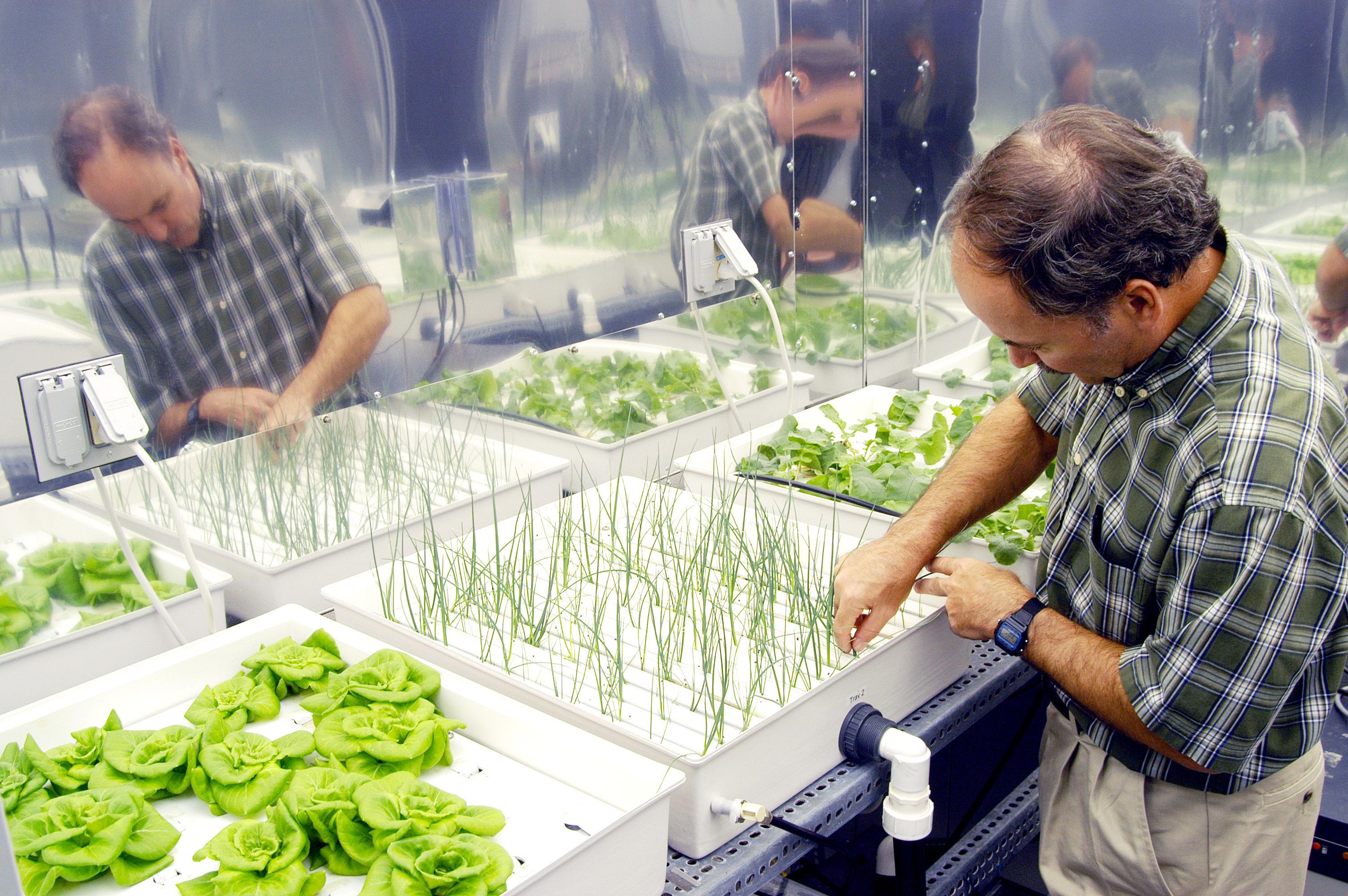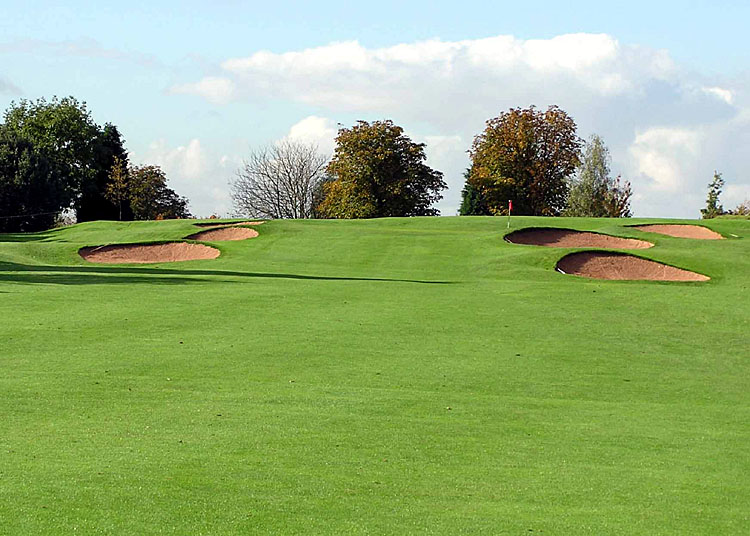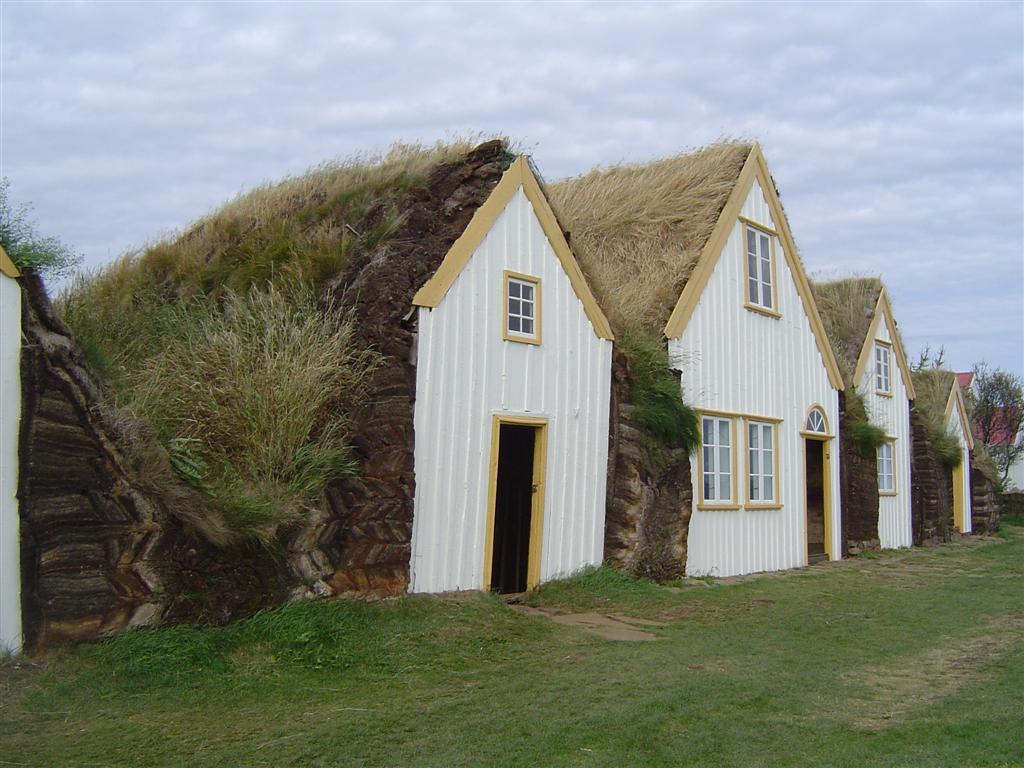|
Sod
Sod, also known as turf, is the upper layer of soil with the grass growing on it that is often harvested into rolls. In Australian and British English, sod is more commonly known as ''turf'', and the word "sod" is limited mainly to agricultural senses. Uses Sod is generally used for lawns, golf courses, and sports stadiums around the world. In residential construction, it is sold to landscapers, home builders or home owners who use it to establish a lawn quickly and avoid soil erosion. Sod can be used to repair a small area of lawn, golf course, or athletic field that has died and is used as a quicker alternative to re-growing a lawn from seed. Sod is also effective in increasing cooling, improving air and water quality, and assisting in flood prevention by draining water. Scandinavia has a long history of employing sod roofing and a traditional house type is the Icelandic turf house. Following the passage of the Homestead Act by Congress in 1862, settlers in the Gre ... [...More Info...] [...Related Items...] OR: [Wikipedia] [Google] [Baidu] |
Sod Roof
A sod roof, or turf roof, is a traditional Scandinavian type of green roof covered with sod on top of several layers of birch bark on gently sloping wooden roof boards. Until the late 19th century, it was the most common roof on rural log houses in Norway and large parts of the rest of Scandinavia. Its distribution roughly corresponds to the distribution of the log building technique in the vernacular architecture of Finland and the Scandinavian peninsula. The load of approximately 250 kg per m2 of a sod roof is an advantage because it helps to compress the logs and make the walls more draught-proof. In winter the total load may well increase to 400 or 500 kg per m2 because of snow. Sod is also a reasonably efficient insulator in a cold climate. The birch bark underneath ensures that the roof will be waterproof. The term ‘sod roof’ is somewhat misleading, as the active, water-tight element of the roof is birch bark. The main purpose of the sod is to hold the birch b ... [...More Info...] [...Related Items...] OR: [Wikipedia] [Google] [Baidu] |
Sod House
The sod house or soddy was an often used alternative to the log cabin during frontier settlement of the Great Plains of Canada and the United States in the 1800s and early 1900s. Primarily used at first for animal shelters, corrals, and fences, if the prairie lacked standard building materials such as wood or stone, or the poverty of the settlers precluded purchasing standard building materials, sod from thickly-rooted prairie grass was abundant, free, and could be used for house construction. Prairie grass has a much thicker, tougher root structure than a modern lawn. Construction of a sod house involved cutting patches of sod in triangles and piling them into walls. Builders employed a variety of roofing methods. Sod houses accommodated normal doors and windows. The resulting structure featured less expensive materials, and was quicker to build than a wood-frame house, but required frequent maintenance and were often vulnerable to rain damage, especially if the roof was also ... [...More Info...] [...Related Items...] OR: [Wikipedia] [Google] [Baidu] |
Plough
A plough or plow ( US; both ) is a farm tool for loosening or turning the soil before sowing seed or planting. Ploughs were traditionally drawn by oxen and horses, but in modern farms are drawn by tractors. A plough may have a wooden, iron or steel frame, with a blade attached to cut and loosen the soil. It has been fundamental to farming for most of history. The earliest ploughs had no wheels; such a plough was known to the Romans as an ''aratrum''. Celtic peoples first came to use wheeled ploughs in the Roman era. The prime purpose of ploughing is to turn over the uppermost soil, bringing fresh nutrients to the surface while burying weeds and crop remains to decay. Trenches cut by the plough are called furrows. In modern use, a ploughed field is normally left to dry and then harrowed before planting. Ploughing and cultivating soil evens the content of the upper layer of soil, where most plant-feeder roots grow. Ploughs were initially powered by humans, but the use of farm ... [...More Info...] [...Related Items...] OR: [Wikipedia] [Google] [Baidu] |
Soil
Soil, also commonly referred to as earth or dirt, is a mixture of organic matter, minerals, gases, liquids, and organisms that together support life. Some scientific definitions distinguish ''dirt'' from ''soil'' by restricting the former term specifically to displaced soil. Soil consists of a solid phase of minerals and organic matter (the soil matrix), as well as a porous phase that holds gases (the soil atmosphere) and water (the soil solution). Accordingly, soil is a three-state system of solids, liquids, and gases. Soil is a product of several factors: the influence of climate, relief (elevation, orientation, and slope of terrain), organisms, and the soil's parent materials (original minerals) interacting over time. It continually undergoes development by way of numerous physical, chemical and biological processes, which include weathering with associated erosion. Given its complexity and strong internal connectedness, soil ecologists regard soil as an ecosystem. Most ... [...More Info...] [...Related Items...] OR: [Wikipedia] [Google] [Baidu] |
Golf Course
A golf course is the grounds on which the sport of golf is played. It consists of a series of holes, each consisting of a tee box, a fairway, the rough and other hazards, and a green with a cylindrical hole in the ground, known as a "cup". The cup holds a flagstick, known as a "pin". A standard round of golf consists of 18 holes, and as such most courses contain 18 distinct holes; however, there are many 9-hole courses and some that have holes with shared fairways or greens. There are also courses with a non-standard number of holes, such as 12 or 14. The vast majority of golf courses have holes of varying length and difficulties that are assigned a standard score, known as par, that a proficient player should be able to achieve; this is usually three, four or five strokes. Par-3 courses consist of holes all of which have a par of three. Short courses have gained in popularity; these consist of mostly par 3 holes, but often have some short par 4 holes. Many older courses ar ... [...More Info...] [...Related Items...] OR: [Wikipedia] [Google] [Baidu] |
Hydroponics
Hydroponics is a type of horticulture and a subset of hydroculture which involves growing plants, usually crops or medicinal plants, without soil, by using water-based mineral nutrient solutions in aqueous solvents. Terrestrial or aquatic plants may grow with their roots exposed to the nutritious liquid or in addition, the roots may be mechanically supported by an inert medium such as perlite, gravel, or other substrates. Despite inert media, roots can cause changes of the rhizosphere pH and root exudates can affect rhizosphere biology and physiological balance of the nutrient solution by secondary metabolites. Transgenic plants grown hydroponically allow the release of pharmaceutical proteins as part of the root exudate into the hydroponic medium. The nutrients used in hydroponic systems can come from many different organic or inorganic sources, including fish excrement, duck manure, purchased chemical fertilizers, or artificial nutrient solutions. Plants are commonl ... [...More Info...] [...Related Items...] OR: [Wikipedia] [Google] [Baidu] |
Golf Course Turf
Golf course turf is the grass covering golf courses, which is used as a playing surface in the sport of golf. The grass is carefully maintained by a greenskeeper to control weeds, insects and to introduce nutrients such as nitrogen fertilization. The grass is kept at a constant height by mowing. Nutrient management Nitrogen application timing Nitrogen is the nutrient required in greatest amount by turfgrass. During an autumn season, rates of nitrogen (N) application should be lowered to consider previous application's residual available nitrate (NO) and mineralization (inorganic N), especially if there is substantial organic matter which releases its supply of sequestered N. In the spring, heavy nitrogen applications for the first two months caused changes in color, but the nitrogen response by the grass was not maintained and a decrease in color was found as the growing season progressed. Spring fertilization can increase the tiller numbers of the grass compared to fall ... [...More Info...] [...Related Items...] OR: [Wikipedia] [Google] [Baidu] |
Homestead Acts
The Homestead Acts were several laws in the United States by which an applicant could acquire ownership of government land or the public domain, typically called a homestead. In all, more than of public land, or nearly 10 percent of the total area of the United States, was given away free to 1.6 million homesteaders; most of the homesteads were west of the Mississippi River. An extension of the homestead principle in law, the Homestead Acts were an expression of the Free Soil policy of Northerners who wanted individual farmers to own and operate their own farms, as opposed to Southern slave-owners who wanted to buy up large tracts of land and use slave labor, thereby shutting out free white farmers. The first of the acts, the Homestead Act of 1862, opened up millions of acres. Any adult who had never taken up arms against the Federal government of the United States could apply. Women and immigrants who had applied for citizenship were eligible. Several additio ... [...More Info...] [...Related Items...] OR: [Wikipedia] [Google] [Baidu] |
Icelandic Turf House
Icelandic turf houses ( ) were the product of a difficult climate, offering superior insulation compared to buildings solely made of wood or stone, and the relative difficulty in obtaining other construction materials in sufficient quantities. 30% of Iceland was forested when it was settled, mostly with birch. Oak was the preferred timber for building Norse halls in Scandinavia, but native birch had to serve as the primary framing material on the remote island. However, Iceland did have a large amount of turf that was suitable for construction. Some structures in Norway had turf roofs, so the notion of using this as a building material was not alien to many settlers. Construction The common Icelandic turf house would have a large foundation made of flat stones; upon this was built a wooden frame which would hold the load of the turf. The turf would then be fitted around the frame in blocks, often with a second layer, or in the more fashionable herringbone pattern. The only e ... [...More Info...] [...Related Items...] OR: [Wikipedia] [Google] [Baidu] |
Nebraska
Nebraska () is a state in the Midwestern region of the United States. It is bordered by South Dakota to the north; Iowa to the east and Missouri to the southeast, both across the Missouri River; Kansas to the south; Colorado to the southwest; and Wyoming to the west. It is the only triply landlocked U.S. state. Indigenous peoples, including Omaha, Missouria, Ponca, Pawnee, Otoe, and various branches of the Lakota ( Sioux) tribes, lived in the region for thousands of years before European exploration. The state is crossed by many historic trails, including that of the Lewis and Clark Expedition. Nebraska's area is just over with a population of over 1.9 million. Its capital is Lincoln, and its largest city is Omaha, which is on the Missouri River. Nebraska was admitted into the United States in 1867, two years after the end of the American Civil War. The Nebraska Legislature is unlike any other American legislature in that it is unicameral, and its members are elected ... [...More Info...] [...Related Items...] OR: [Wikipedia] [Google] [Baidu] |
Athletic Field
A pitch or a sports ground is an outdoor playing area for various sports. The term ''pitch'' is most commonly used in British English, while the comparable term in American and Canadian English is playing field or sports field. For most sports the official term is field of play, although this is not regularly used by those outside refereeing/umpiring circles. The field of play generally includes out-of-bounds areas that a player is likely to enter while playing a match, such as the area beyond the touchlines in association football and rugby or the sidelines in American and Canadian football, or the "foul territory" in baseball. The surface of a pitch is most commonly composed of sod (grass), but may also be artificial turf, sand, clay, gravel, concrete, or other materials. A playing field on ice may be referred to as a ''rink'', for example an ice hockey rink, although ''rink'' may also refer to the entire building or, in the sport of curling, to either the building or a parti ... [...More Info...] [...Related Items...] OR: [Wikipedia] [Google] [Baidu] |
Great Plains
The Great Plains (french: Grandes Plaines), sometimes simply "the Plains", is a broad expanse of flatland in North America. It is located west of the Mississippi River and east of the Rocky Mountains, much of it covered in prairie, steppe, and grassland. It is the southern and main part of the Interior Plains, which also include the tallgrass prairie between the Great Lakes and Appalachian Plateau, and the Taiga Plains and Boreal Plains ecozones in Northern Canada. The term Western Plains is used to describe the ecoregion of the Great Plains, or alternatively the western portion of the Great Plains. The Great Plains lies across both Central United States and Western Canada, encompassing: * The entirety of the U.S. states of Kansas, Nebraska, North Dakota and South Dakota; * Parts of the U.S. states of Colorado, Iowa, Minnesota, Missouri, Montana, New Mexico, Oklahoma, Texas and Wyoming; * The southern portions of the Canadian provinces of Alberta, Saskatchewan and Manitoba. ... [...More Info...] [...Related Items...] OR: [Wikipedia] [Google] [Baidu] |









.jpg)